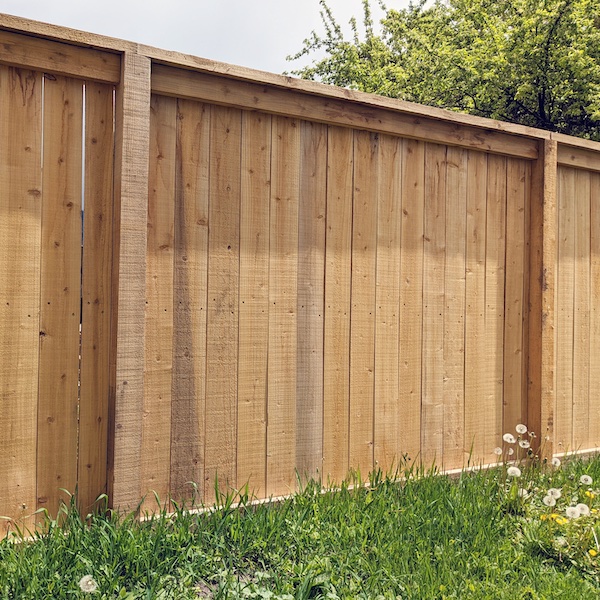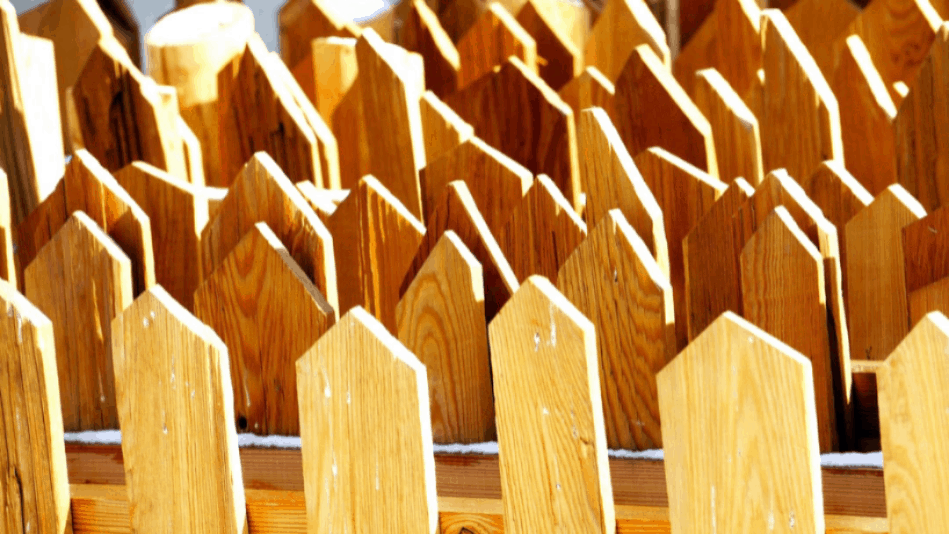All Categories
Featured

As organizations and home owners alike come to be more ecologically mindful, locating eco-friendly and lasting fencing products is an essential factor to consider. Whether you're aiming to build a fencing for personal privacy, protection, or aesthetic allure, choosing products that minimize your environmental footprint can aid protect the planet. In this article, we will certainly explore a number of environment-friendly secure fencing alternatives, each offering distinct advantages for your residential or commercial property and the setting.
- Bamboo Secure Fencing: A Renewable Resource. Bamboo is widely acknowledged as one of the most environmentally friendly and lasting secure fencing materials available today. As a yard rather than a tree, bamboo expands promptly and can get to full maturation in just 3 to 5 years, making it a very renewable energy.
Ecological Advantages: Bamboo takes in more carbon dioxide than many various other plants, helping balance out greenhouse gases. Additionally, bamboo needs minimal chemicals and plant foods, making it a much healthier choice for the environment. Durability: Correctly treated bamboo is immune to pests and wetness, meaning it can hold up against the aspects far better than other wood alternatives. Visual Appeal: Bamboo provides a clean, contemporary look that functions well with different landscaping styles, from exotic yards to modern metropolitan layouts. While bamboo secure fencing is sturdy, it does call for appropriate like preserve its long life, such as routine cleansing and regular sealing.
- Recycled Wood Fence: Granting New Life to Old Materials. Recycled wood is a superb environment-friendly selection for those that desire the natural charm of timber fencing without adding to deforestation. This product is often sourced from old buildings, pallets, or various other repurposed timber items, lowering the need for recently harvested timber.

Ecological Benefits: Making use of redeemed wood aids minimize the need to cut down new trees and can likewise stop valuable materials from winding up in land fills. Sturdiness: Depending upon the type of timber and treatment it receives, recycled timber fences can be just as sturdy as brand-new timber, especially if maintained effectively with sealants and weatherproofing. Visual Appeal: Recycled wood fencings carry a rustic charm and can be stained or painted to fit your personal design. The primary factor to consider with recycled wood is its maintenance. With time, timber can become vulnerable to rot, insect damage, and weathering, so routine upkeep is essential to prolong the life of your fencing.
- Steel Fencing: Recyclable and long lasting. Light weight aluminum and steel fencing, particularly when sourced from recycled products, provides a strong, eco-friendly option to standard timber fencing. These metals are 100% recyclable, meaning they can be repurposed forever without shedding high quality.

Environmental Advantages: Metals like light weight aluminum and steel lower the demand for brand-new mining and basic material removal, both of which have substantial environmental effects. Additionally, recycling metals requires less energy compared to developing brand-new steel from resources. Sturdiness: Metal fences are extremely solid, immune to weathering, and call for little upkeep compared to wood options. Visual Allure: Metal fencings can be designed in sleek, modern-day designs, or more conventional appearances, offering convenience for any property. While steel fencings are durable and low-maintenance, they are not as efficient at giving personal privacy compared to wood or plastic alternatives as a result of the areas in between the slats or bars.
- Living Fencings: Natural and Environment-friendly. Living fencings, made from dense hedges, shrubs, or trees, supply a natural and eco pleasant alternative to typical fence. Not just do they produce a personal privacy obstacle, however they additionally add to the setting by sustaining wildlife and enhancing air high quality.
Environmental Benefits: Living fencings absorb co2, enhance dirt quality, and provide environments for birds and other wild animals. Furthermore, they minimize sound pollution and boost air high quality by filtering pollutants. Toughness: While living fencings call for more maintenance than various other products (e.g., pruning, watering), they can be extremely resilient if effectively preserved. Visual Charm: Living fencings develop a lovely, all-natural border that enhances the landscape and offers a organic and unique look compared to standard fencing options. The key drawback of living fencings is that they need ongoing upkeep and treatment, consisting of routine cutting and pest control.
- Hemp Fence: Solid and Lasting. Hemp is a fast-growing and eco-friendly plant that can be utilized to develop solid, green fence. Hemp fencing is made from natural hemp fibers, which are resilient, naturally degradable, and immune to parasites.
Ecological Benefits: Hemp grows quickly and requires little water or chemicals. It likewise aids sequester carbon, minimizing greenhouse gases in the atmosphere. When the fence is no longer needed, hemp is naturally degradable and can be composted. Durability: Hemp is normally resistant to mold and mildew and insects, which assists it stand up to numerous weather and stay clear of the usage of extreme chemicals. Sustainability: Hemp farming is much less resource-intensive compared to various other crops and helps maintain dirt health with plant rotation. Hemp fences are a relatively new alternative on the marketplace, and they may not be as commonly available as various other products. In addition, they may not be as typically utilized for high-security applications.
Conclusion: Select Eco-Friendly Fencing for a Lasting Future. There are several environmentally friendly fencing products to think about, each offering one-of-a-kind advantages for your building and the atmosphere. Whether you pick bamboo, recycled wood, metal, living fences, or hemp, each option allows you to create a beautiful and practical limit while decreasing your environmental footprint. By selecting sustainable materials, you add to a greener future and support the expanding motion toward responsible construction and landscape design practices.
Latest Posts
Find Montclare Auto Repair’s Most Popular Auto Repairs and Why Drivers Choose Them
Published en
1 min read
Shield Your Home with High Quality Residential Roof
Published en
1 min read
Uncover Budget-Friendly Auto Repairs with Montclare’s Exclusive Service Specials
Published en
1 min read
More
Latest Posts
Find Montclare Auto Repair’s Most Popular Auto Repairs and Why Drivers Choose Them
Published May 23, 25
1 min read
Shield Your Home with High Quality Residential Roof
Published May 22, 25
1 min read
Uncover Budget-Friendly Auto Repairs with Montclare’s Exclusive Service Specials
Published May 22, 25
1 min read